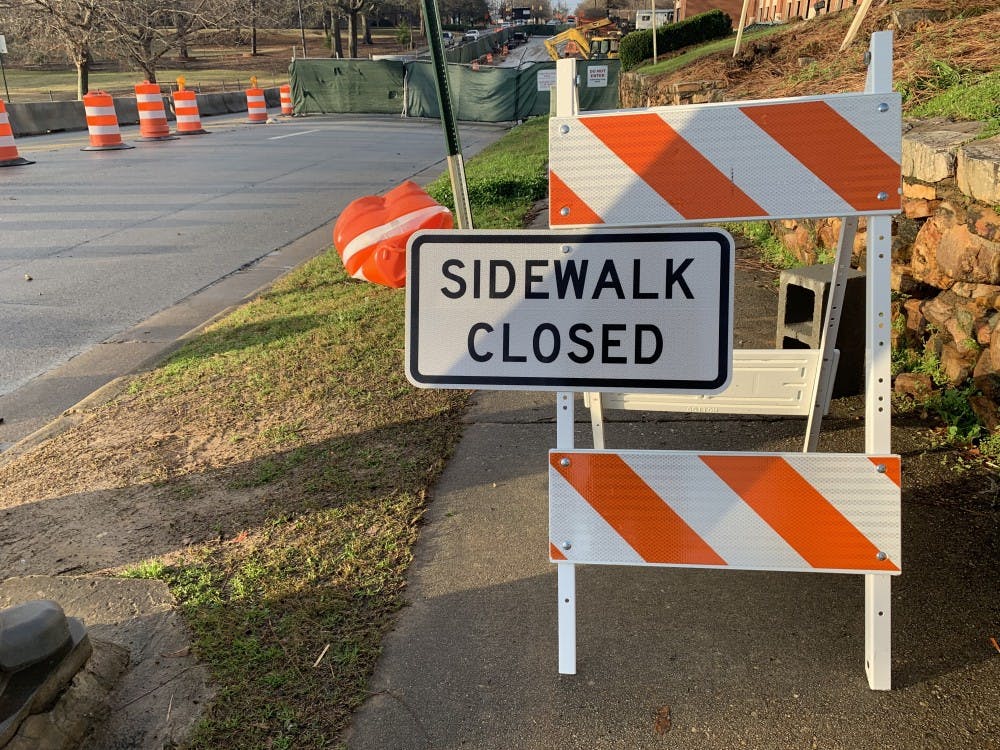For Auburn pedestrians, walking along city blocks is something most don’t usually think about when considering the paths they use. For pedestrians using assistive devices, such as wheelchairs, some sidewalks can pose challenges.
Ensuring sidewalks stay accessible to everyone is part of the city’s commitment to making the community a welcoming environment to all, said David Dorton, director of public affairs for Auburn.
Adherence to Americans with Disabilities Act’s protocol is an important city initiative that requires collaboration among several departments such as Public Works and Engineering Services, Dorton said.
“On the ADA side, the city has been working over the last few years to evaluate public facilities and rights-of-way to evaluate and improve accessibility as measured by ADA standards,” Dorton said. “We do look at ADA compliance for any new construction, including sidewalks.”
Among these standards that Auburn is mandated to support is the Public Rights of Way Accessibility Guidelines. Encompassing codes of both the ADA and Architectural Barriers Act of 1968, a predecessor to the ADA that dictates facilities funded by federal dollars, must include accommodations for the disabled. PROWAG is observed in any situation where a sidewalk must be improved.
With the beginnings of some construction projects, sidewalk closures have been necessary to guarantee safety of passerby. Notable examples include the Public Safety Building in progress on North Ross Street and the South College Street Parking Deck. Contractors must notify the city of sidewalk closures for approval ahead of time, Dorton said.
“Contractors are required to install signage in accordance with the Manual on Uniform Traffic Control Devices if pedestrian access routes are impacted by construction,” he said.
Once the city gives projects the green light to block off sidewalks, the city posts closures on its website, social media pages and eNotifier. Less impactful construction work, such as the renovations to the Thomas Building on the intersection of College Street and Magnolia Avenue results in walkway scaffolding above sidewalks to allow for travel below.
Sidewalks act as a vital method of transportation for handicapped individuals. Possibilities of new sidewalks are taken into account as part of the City of Auburn’s master plan, which evaluates conditions of an area, such as school routes, suggestions from residents and missing connections from one active destination to another.
“We prioritize sidewalk projects through the biennial budget process and our capital improvement plan,” Dorton said.
Existing sidewalks are also included in the capital improvement plan in order to determine the need for repairs. Regularly scheduled inspections are also performed based on complaints submitted to city government. This procedure was added in the last few years as part of an ongoing goal to further updates to Auburn’s ADA transition plan, last fully updated in 2009.
The city lists its current transition plan outline as well as the grievance procedure form on its website under “Accessibility” in the “Services” section.
Do you like this story? The Plainsman doesn't accept money from tuition or student fees, and we don't charge a subscription fee. But you can donate to support The Plainsman.





